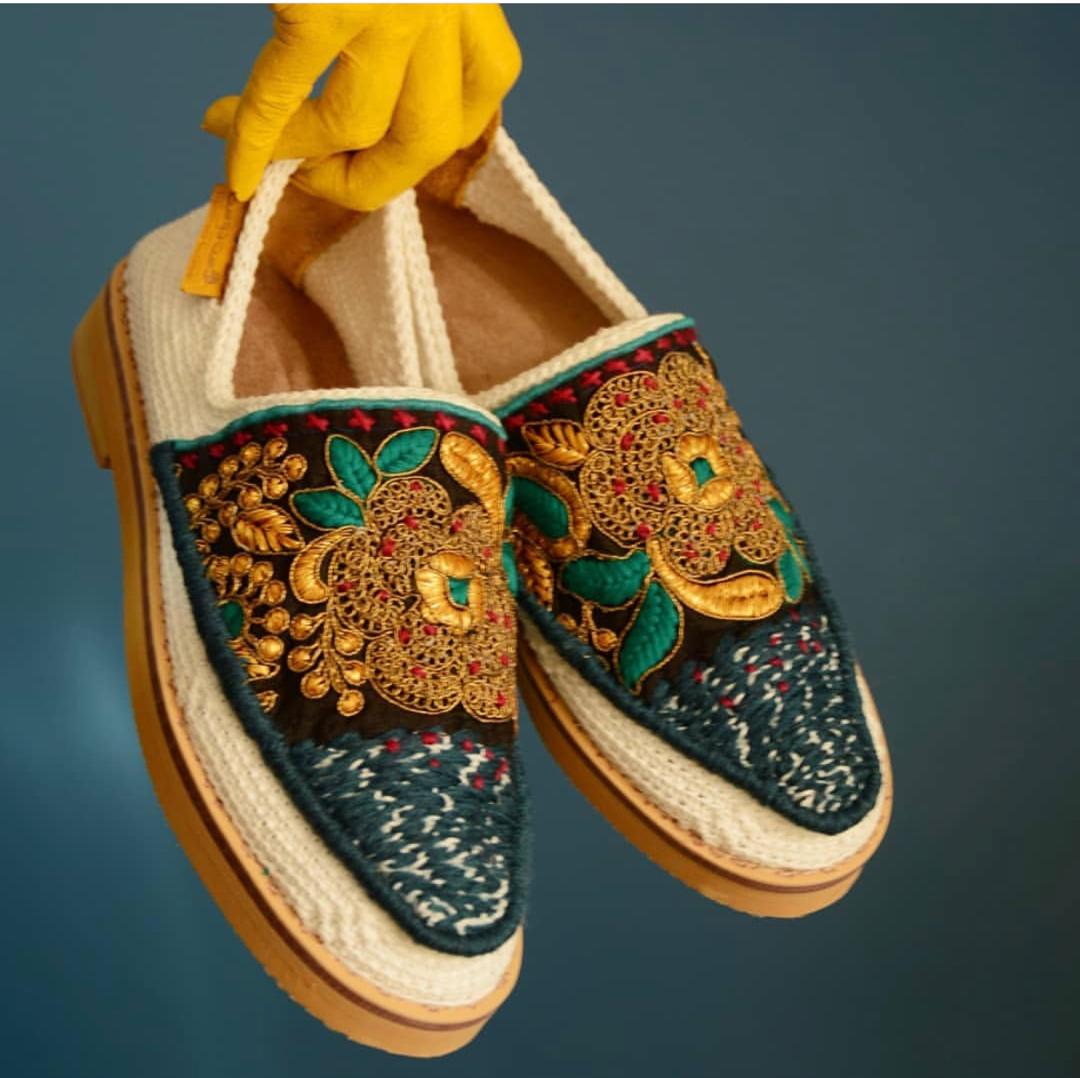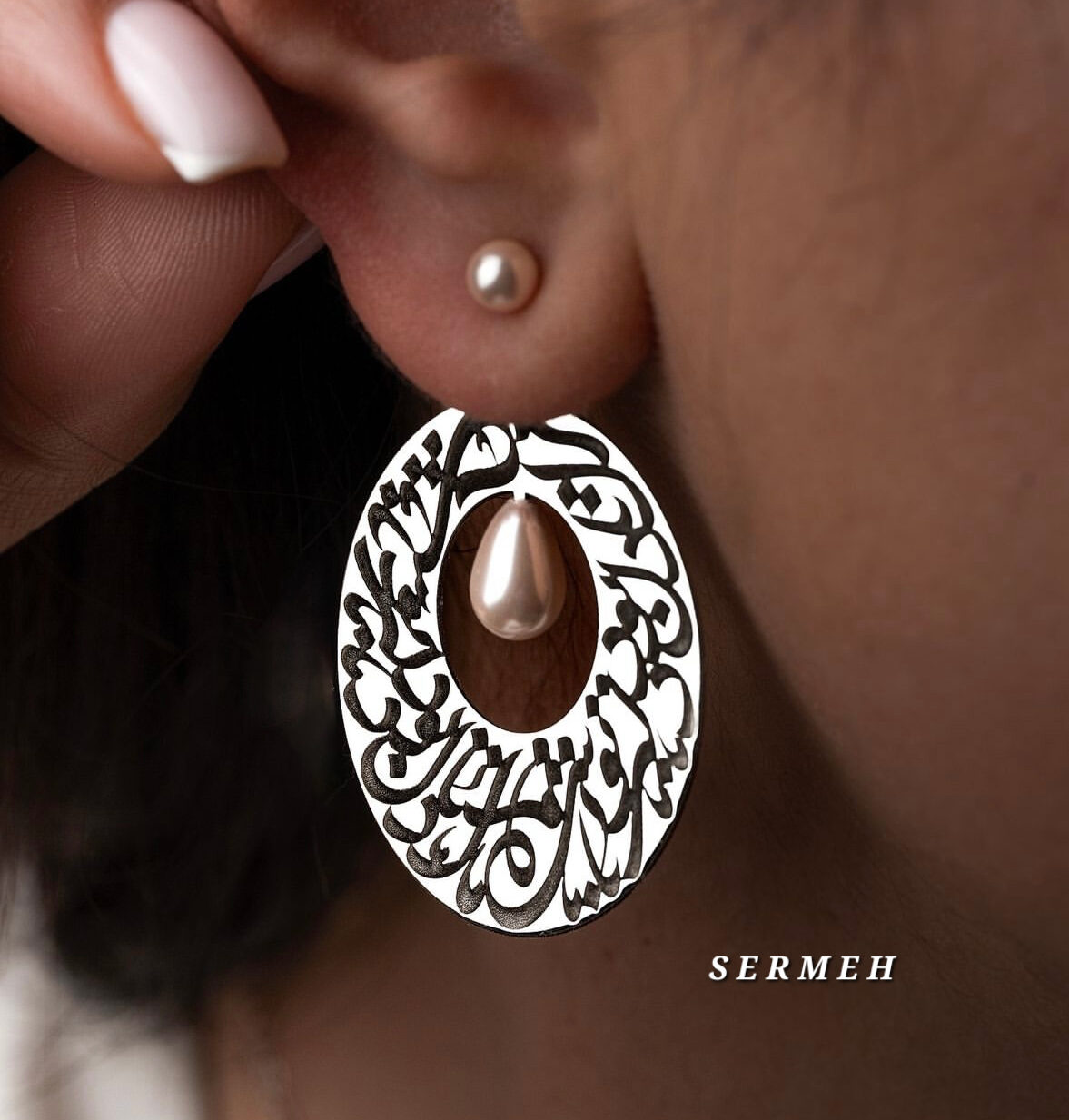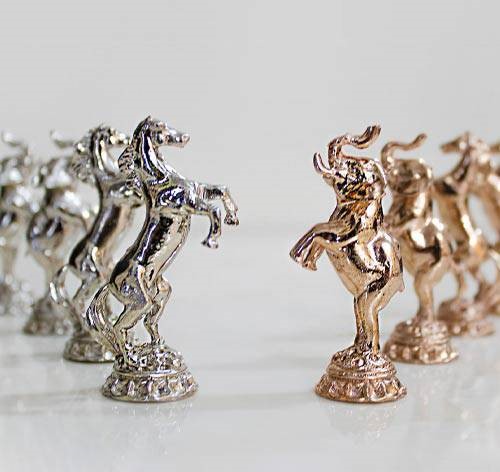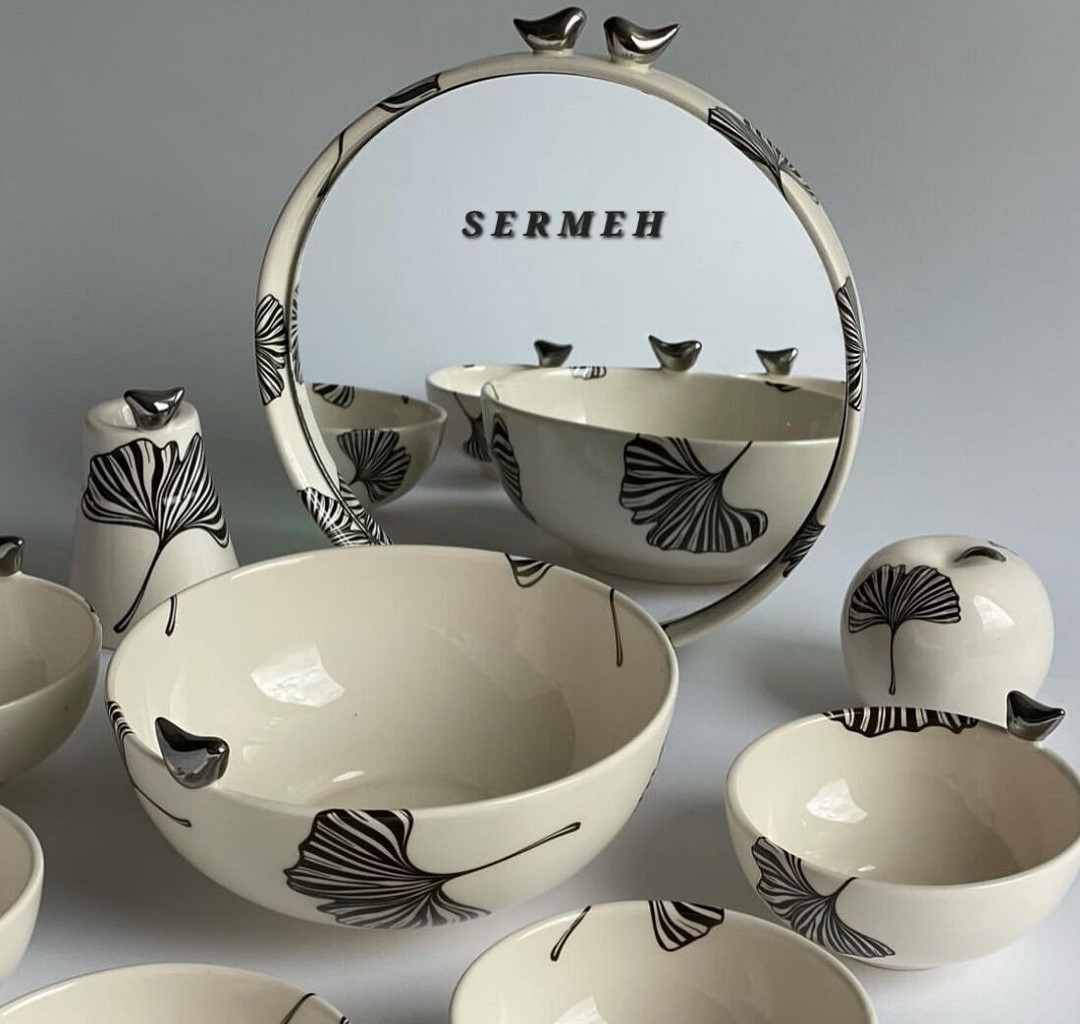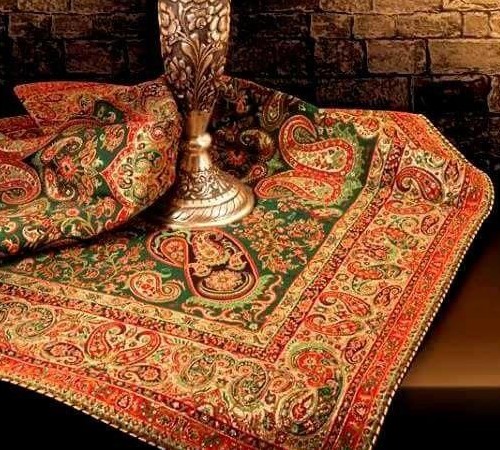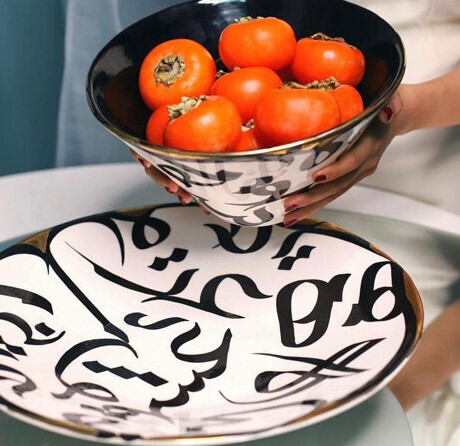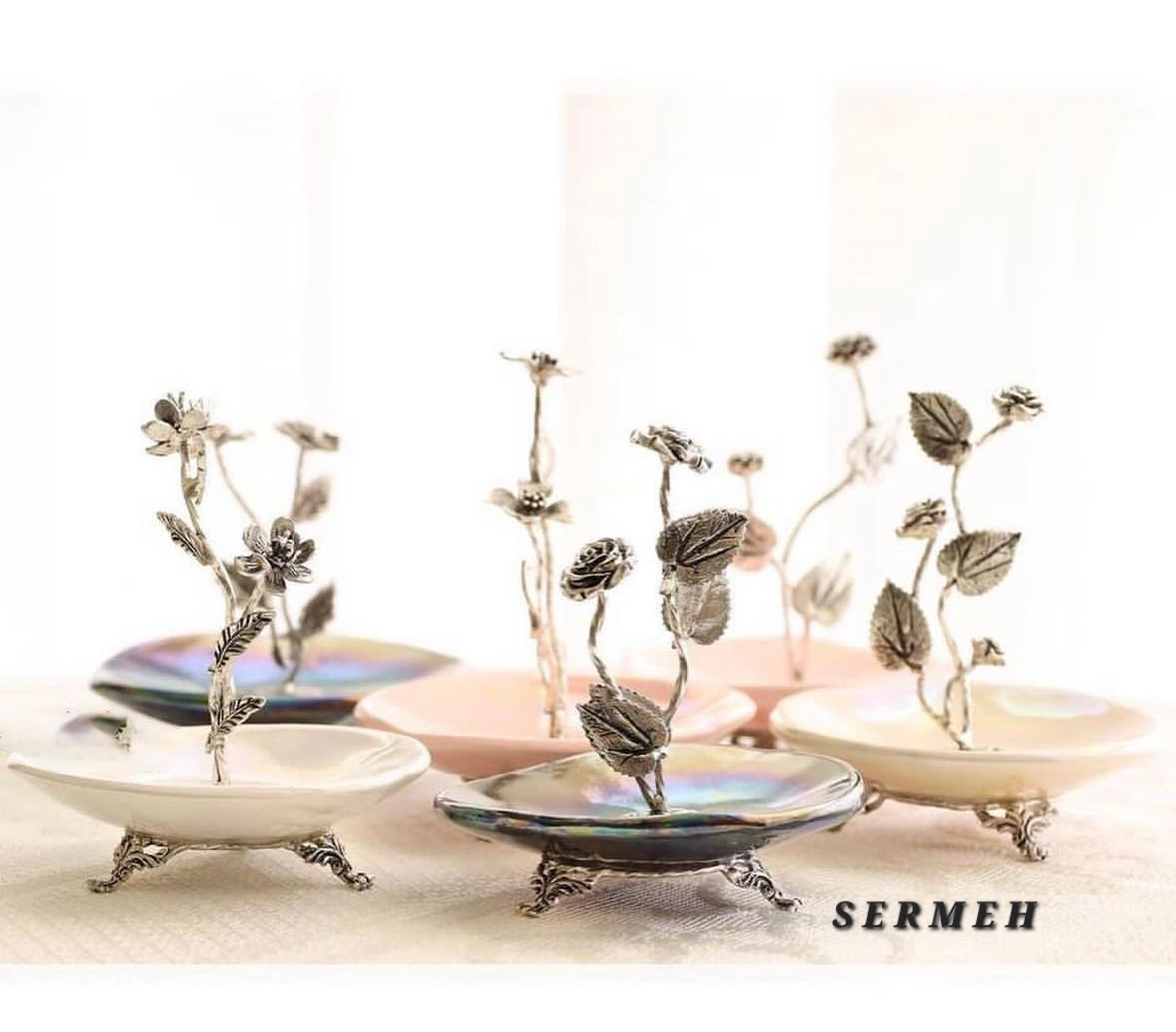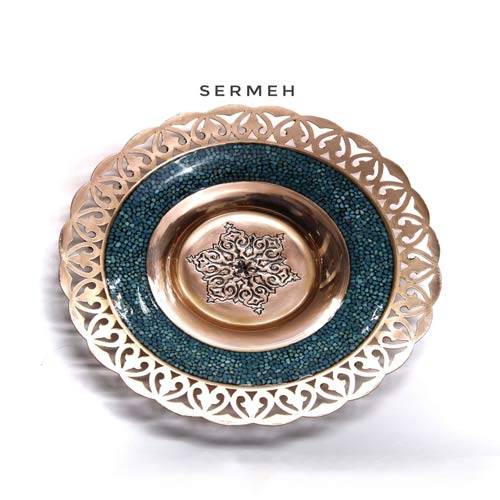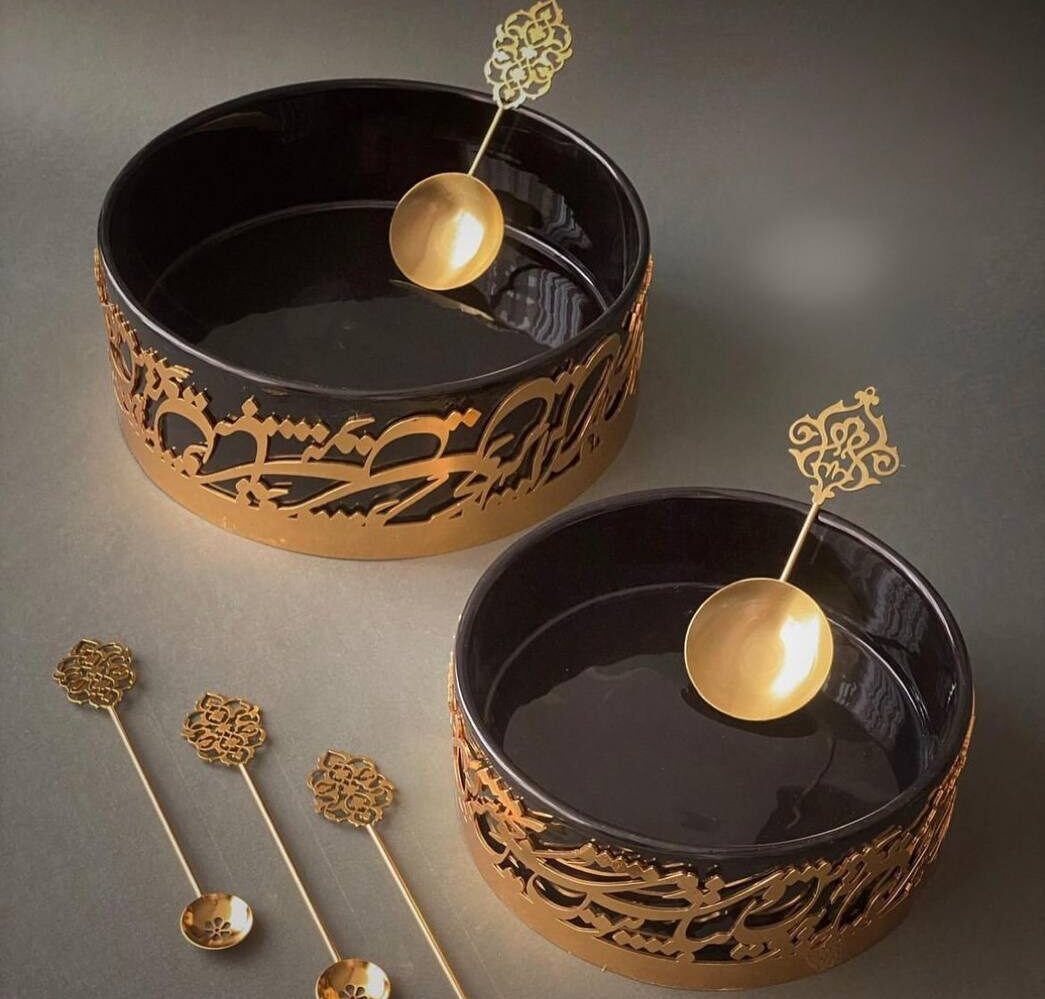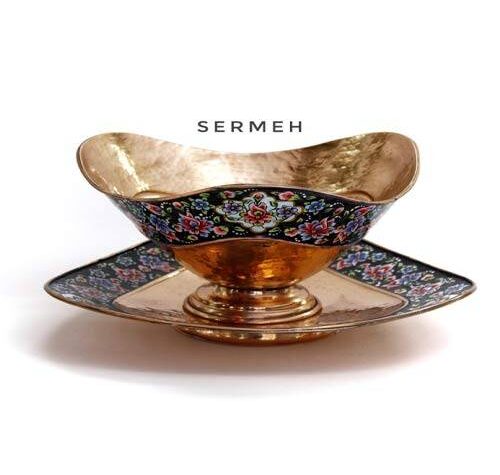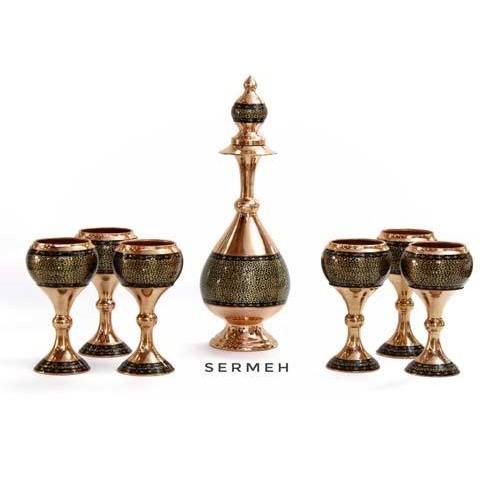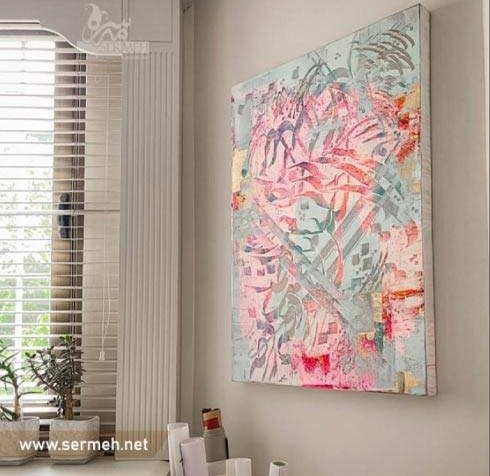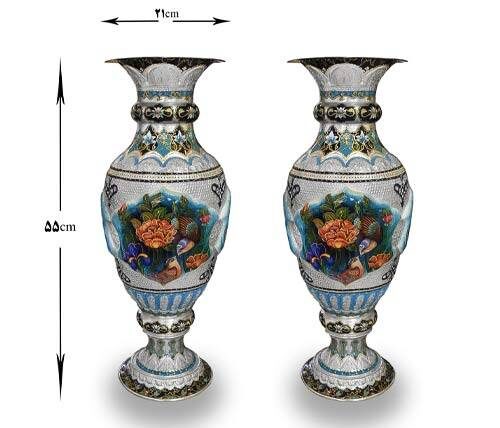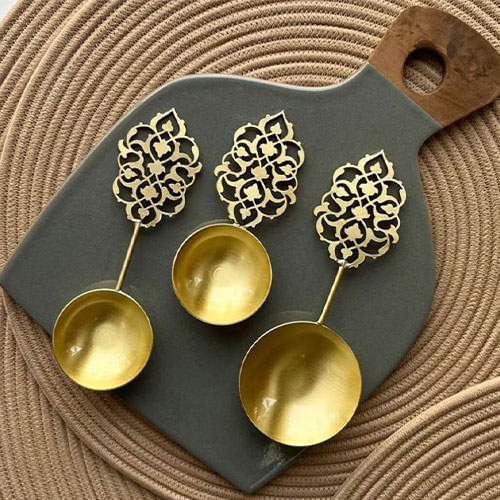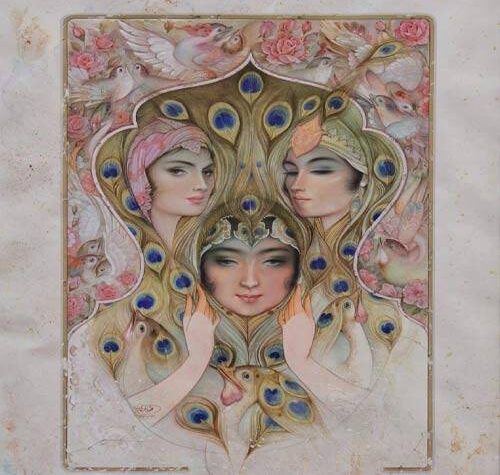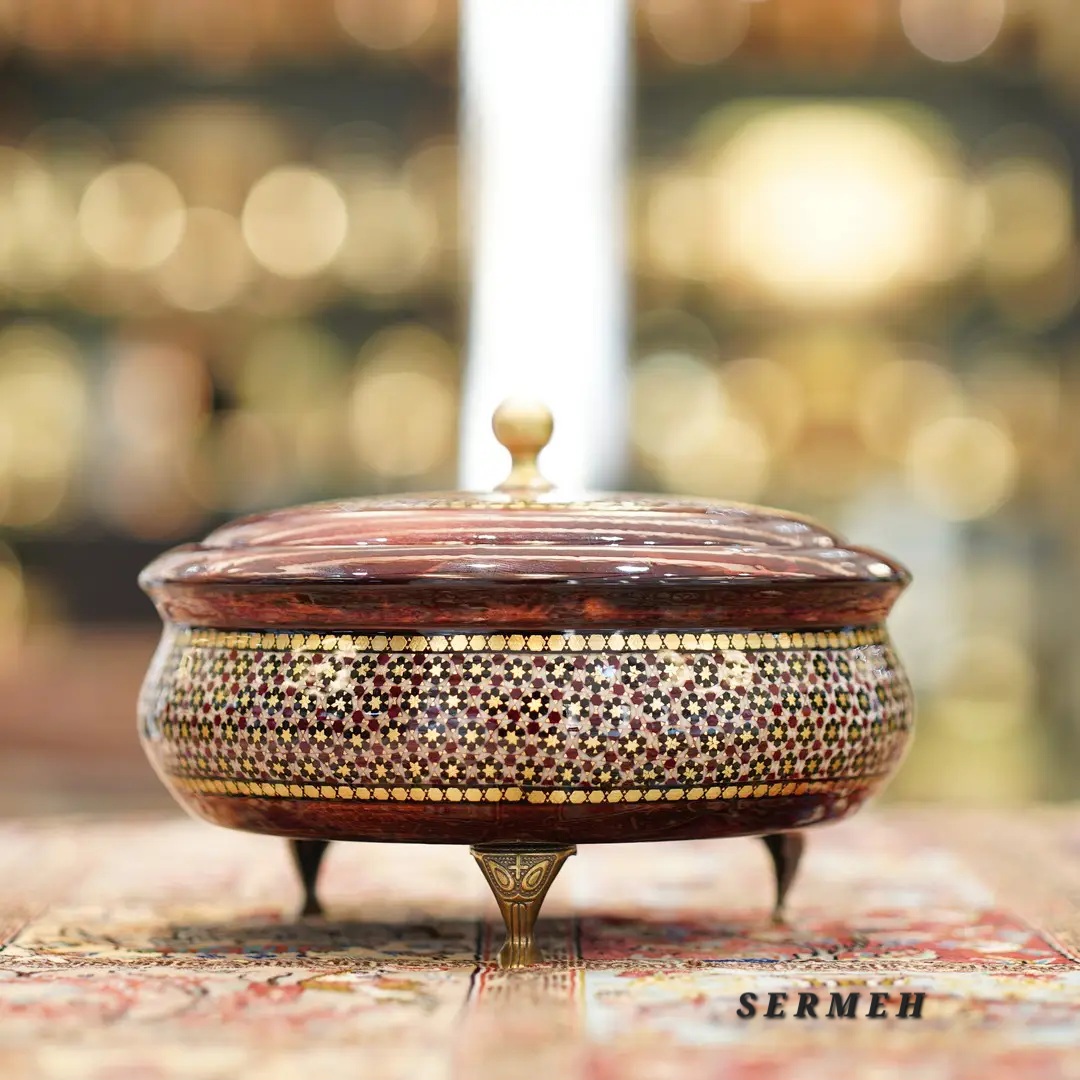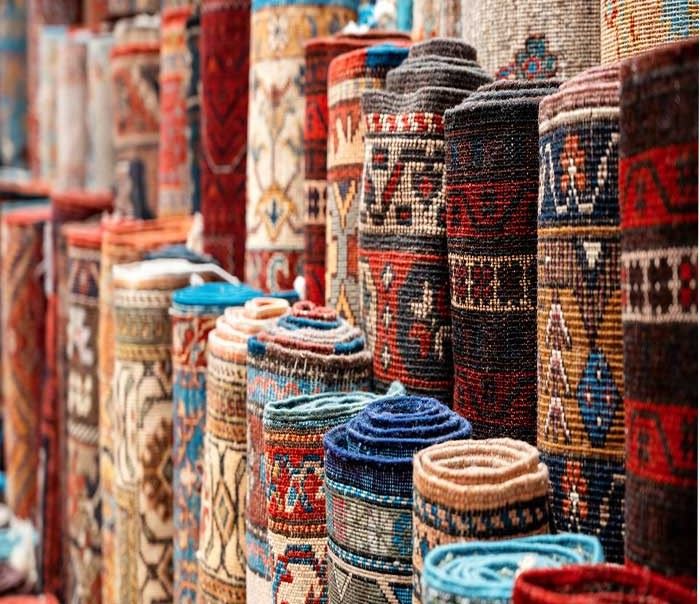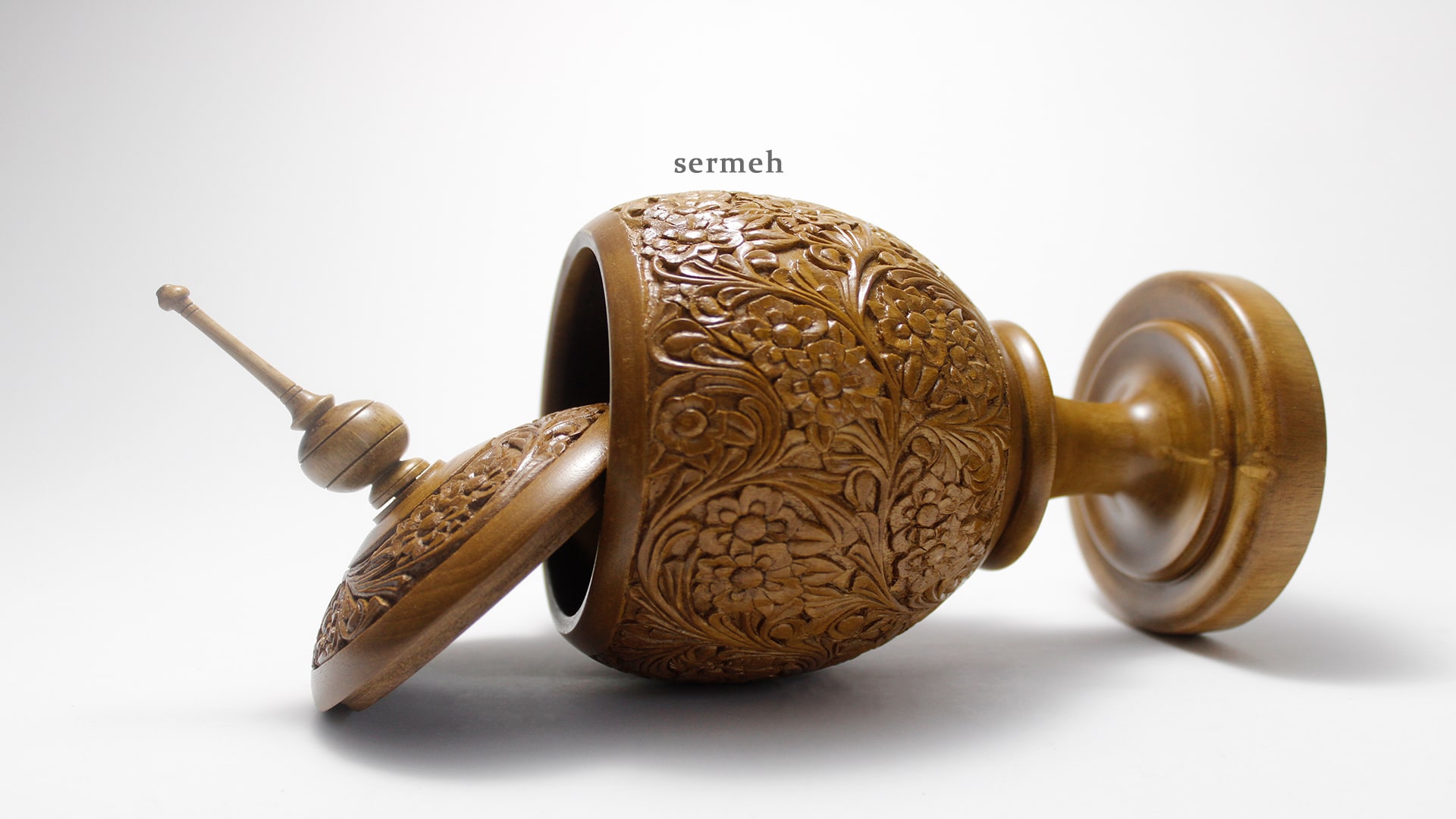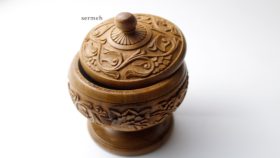Persian Woodcarving
All Iranian handicrafts come from within the people, like Persian woodcarving.
No person or persons played a role in inventing this eye-catching art(woodcarving), but ordinary people began to engrave and carve on wood.
Undoubtedly, wood is one of the most abundant materials in human history that has always existed in nature.
One of the brilliant Persian handicrafts, like the other kinds of ancient crafts, is a combination of art and patience, is Persian Woodcarving.
Its artisans create highly talented and valuable consumer goods from a cheap and great deal of initial materials. Persian Woodcarving involves the carving of wood based on precise designs. each carved piece of wood is a good sample of its creator’s feelings, perceptions, and opinions.
The history of wood carving
The history of Persian Woodcarving(Monabat kari), like the other arts and crafts, which was born and grown among scattered populations whose founders were ordinary people, is not so clear.
It cannot be said from which era this art industry matured. But certainly, wood, as the most plentiful material in nature, is the first thing that drew man’s consideration to it and was used for making consumer goods. Based on the available documents, wood carving in Iran goes back to the Achaemenid and Sassanid times. In the northeast of Persepolis, some clay inscriptions have been found, the translation of some of which indicates wage-paying to the masters of inlaying art.
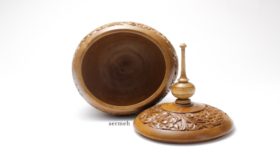
It was created of poplar wood in the Omar En Leice Safari period. It is decorated with very beautiful polygon designs out of walnut wood. After this, the other work, which is the upper part of a door carved out of the deal and belongs to the fourth century A.H., should be pointed. It is delicately carved with Kufic scripts of 3 centimetres thick.
*Buy online Persian woodcarving dish*
In the Safavid period
In the Safavid period, attending the eye-catching and noticeable expansion of religious buildings and royal palaces, a great number of artists went to the center of the country, Isfahan, where most of the above-mentioned buildings were constructed.
One of the consequences of their gathering in one place that caused the creation of marvellous and worthy everlasting works was the exchange of their skills and experiments. After the attack of Afghans on Iran, political turbulences made every constructive performance limited.
At that time, Abadeh, a suburb of Shiraz, was the only center of woodcarvers. Except for that place, there were no signs of woodcarvers and wood carving throughout the country.
Among a few remaining wood carvers, the two head artisans, Mr. Ahmad Saniee and Mr. Ali Mokhtari, came to Tehran and
while performing their art gravely, they trained some students to revive and keep their ancestors’ art and industry.
The establishment of the handicraft organization of Iran as a guardian for traditional and domestic industries became a means for supplying artists and prevented wood carving from dying.
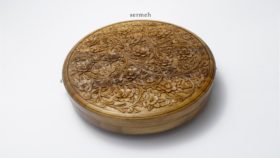
In the other parts of the country, wood carvings are done separately, too. Iranian woodcarvers use different kinds of wood available in the country, easily and cheaply. With laudable patience, they use simple tools such as a few metal chisels to manifest their works with Islamic and Iranian values in the shape of Kufic scripts, Arabesques, Cathays, flowers, birds, etc.
Important woodcarvings in the country can be found in mosques, castles, and ancient buildings. Some of the Iranian inlaid works are preserved in museums inside or outside Iran.
The usual images are rose leaves and drawings of birds and animals. Latticed woodwork is another art, which is made by hand.
Persian Woodcarving
monabat
*Buy online Persian woodcarving dish*

